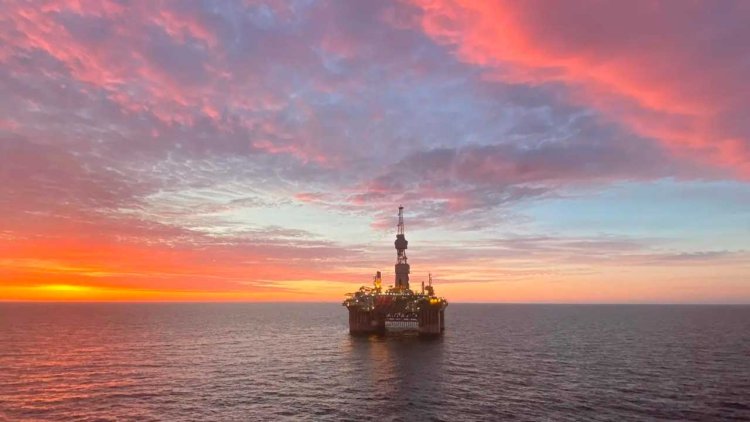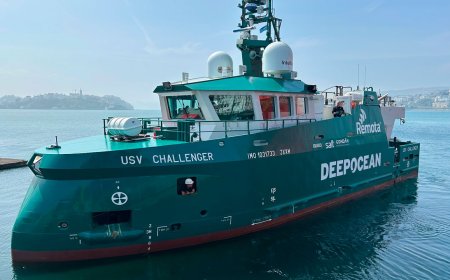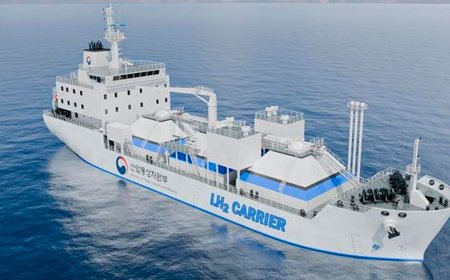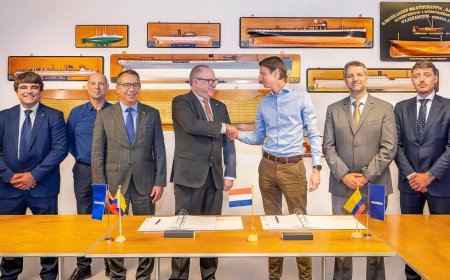Njord field cutting 130 000 tonnes of CO2 emissions per year from 2027
Based on a collaboration project with OKEA, Njord A will be electrified to cut greenhouse gas emissions from production.

Equinor has, on behalf of the Njord licence partners, submitted a revised plan for development and operation (PDO) to the Ministry of Petroleum and Industry.
Trond Bokn, Equinor’s senior vice president for project development, says:
“Njord A and the Njord Bravo floating storage and offloading (FSO) vessel returned to the field this autumn after extensive upgrading and will soon be ready for 20 more years of production and value creation. We are now continuing the modernization of Njord by converting to electric operation. This will cut emissions from production and reduce Norwegian CO2 emissions by more than 130 000 tonnes per year from 2027.”
Electrification of Njord will also benefit the Hyme, Bauge and Fenja tie-back fields. These fields help finance the project.
As operator of Draugen, OKEA will be responsible for developing the power infrastructure from shore to Draugen. Equinor will be responsible for the cable from Draugen to Njord as well as modifications and upgrading on Njord A, where the two existing gas turbines for main power production will be replaced by electric power from shore via Draugen. Based on this, around 60 per cent of the power needed by Njord A will be covered by electricity, and the Njord Bravo FSO will be fully electrified.
In total, the electrification of Draugen and Njord will cut 330 000 tonnes of CO2 emissions per year.
The fields will have a total power demand of up to 80 MW per year and will be connected to the power grid at a transformer station at Straum in Åfjord municipality. Operated by Tension, the transformer station has a capacity of 200 MW, and the project does not require a grid upgrading.
The investment estimate for the whole project is around NOK 7.3 billion, of which a good NOK 3 billion covers the share of the Njord licence. The revised plans for development and operation (PDO) and for installation and operation (PIO) must be approved by the Ministry of Petroleum and Energy.
Start-up is expected in the first quarter of 2027.

























































































































































